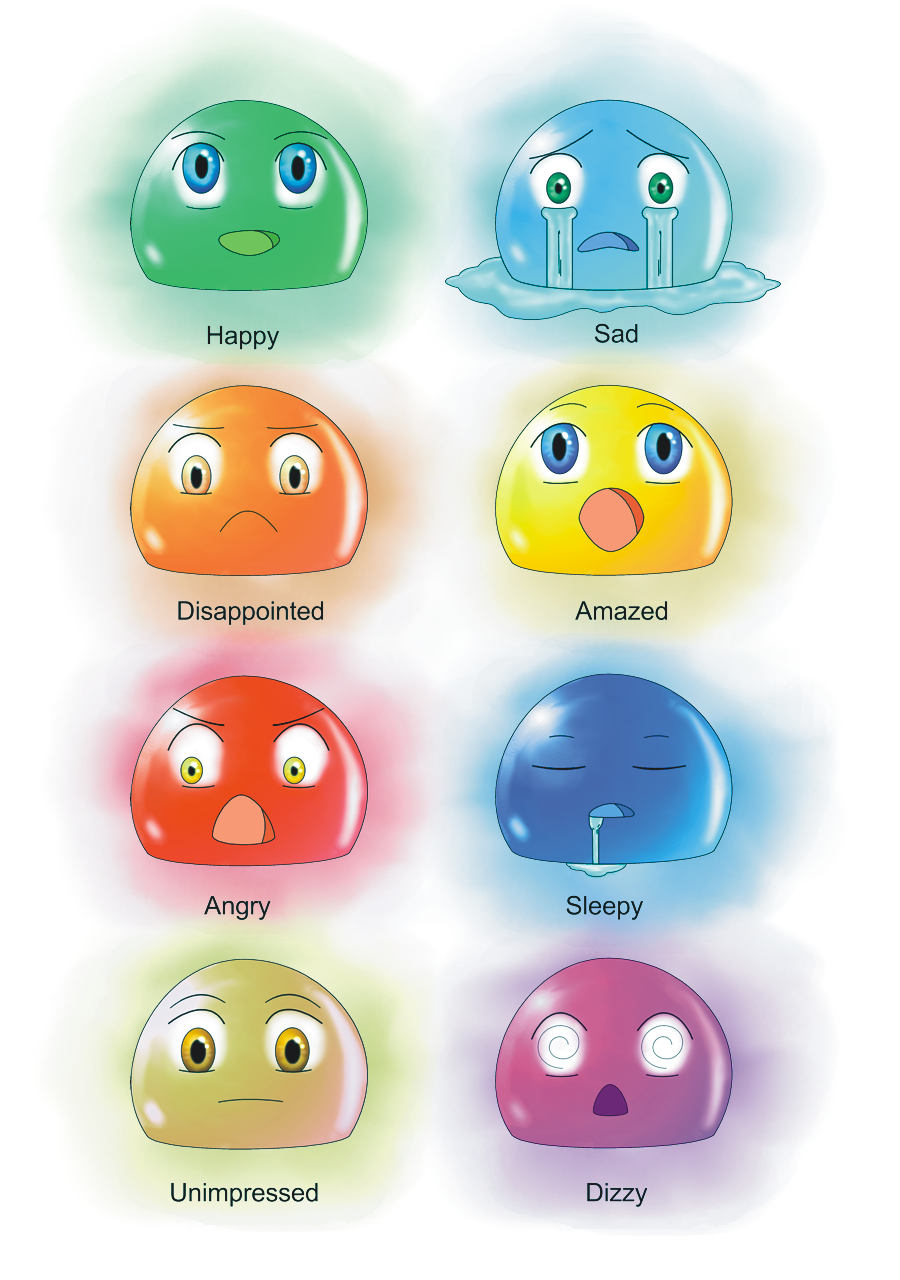
A literary thriller should make you feel unsettled.

A light-hearted romance should make you feel happy. Genre: The genre also affects the mood.If we use a depressing tone, our readers will feel sad. If we use a compassionate tone, our readers may feel sympathetic or empathetic. It is expressed by our word choices, sentence lengths and use of punctuation. Tone: Tone conveys an attitude towards a topic.Viewpoint: Choosing first, second, or third person viewpoint will affect the mood of a work.The way we choose words, the way we structure sentences, and use tenses and figurative language describes our writing style. Style : Our style is the way we use words to tell a story.Authors often use foreshadowing in their descriptions. Setting: The way a setting is described greatly affects the mood.There are basically five things that allow authors to create a mood:

(Please see the list of examples below.) How Is A Mood Created? We describe mood with adjectives like ‘light-hearted’, ‘nervous’, ‘foreboding’, optimistic’, and ‘peaceful’. This mood affects readers psychologically and emotionally. While tone is often said to be what the author feels, what the reader feels is known as the mood. Writers use tone to establish a mood in a work of fiction. How readers feel after reading a book or a short story, or after watching a film, is known as the mood in fiction.

What is mood in fiction? How do you create it? We explain mood, with examples, and give you 140 words to describe mood in fiction.


 0 kommentar(er)
0 kommentar(er)
